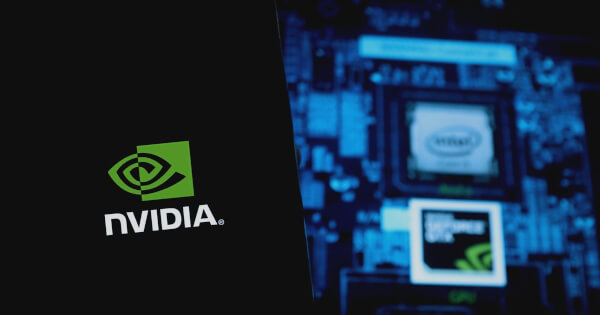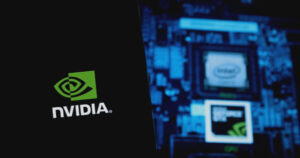The Future of Data Processing: NVIDIA’s RAPIDS cuDF Revolutionizes pandas Performance
Welcome to Extreme Investor Network, where we bring you the latest updates and insights from the world of cryptocurrency, blockchain technology, and beyond. Today, we’re diving into a game-changing development in the data science realm: NVIDIA’s release of RAPIDS cuDF unified memory, boosting pandas performance up to 30x on large and text-heavy datasets.

NVIDIA has set a new standard with its latest enhancements to RAPIDS cuDF, delivering a significant performance boost to the pandas library when handling vast and text-intensive datasets. This enhancement, as reported by the NVIDIA Technical Blog, empowers data scientists to accelerate their workloads by up to 30 times.
Revolutionizing Data Science with RAPIDS cuDF and pandas
RAPIDS stands as an open-source suite of GPU-accelerated data science and AI libraries, with cuDF specifically designed as a Python GPU DataFrame library for data loading, joining, aggregating, and filtering. pandas, a widely-utilized data analysis and manipulation library in Python, has faced challenges in processing speed and efficiency as datasets expand, especially on CPU-only systems.
During GTC 2024, NVIDIA made waves by revealing that RAPIDS cuDF could enhance pandas performance by nearly 150 times without necessitating any code modifications. Additionally, Google announced that RAPIDS cuDF is now readily available on Google Colab, extending its accessibility to data scientists across the board.
Breaking Through Limitations for Unprecedented Results
The initial release of cuDF drew attention to certain limitations, particularly regarding the size and type of datasets that could benefit from acceleration:
- Maximizing acceleration required datasets to fit within GPU memory, limiting the scale and complexity of operations.
- Text-heavy datasets faced constraints, with the original cuDF version supporting only up to 2.1 billion characters in a column.
To overcome these hurdles, the latest iteration of RAPIDS cuDF has introduced a range of enhancements:
- Optimized CUDA unified memory, unlocking up to 30x speedups for larger datasets and more intricate workloads.
- Expanded string support from 2.1 billion characters in a column to 2.1 billion rows of tabular text data.
Accelerating Data Processing with Unprecedented Efficiency
cuDF seamlessly integrates CPU fallback to ensure uninterrupted performance. In scenarios where memory demands surpass GPU capacity, cuDF swiftly transfers data to CPU memory and leverages pandas for processing. However, to minimize the need for CPU fallback, datasets should ideally align with GPU memory specifications.
Thanks to CUDA unified memory, cuDF can now scale pandas workloads beyond the confines of GPU memory. This innovative approach facilitates a unified address space spanning both CPUs and GPUs, enabling virtual memory allocations larger than the available GPU memory while efficiently migrating data as required. The result is optimized performance, although datasets should still be tailored to fit within GPU memory for optimal acceleration.
Benchmark evaluations reveal that utilizing cuDF for data joins on a 10 GB dataset with a 16 GB memory GPU can deliver up to 30 times faster processing speeds compared to CPU-only pandas operations. This breakthrough is particularly noteworthy for handling datasets exceeding 4 GB, where previous performance challenges stemmed from GPU memory limitations.
Seamless Processing of Tabular Text Data at Scale
The original version of cuDF imposed a 2.1 billion character cap in a column, posing obstacles for managing expansive datasets. With the latest enhancements, cuDF now boasts the capability to handle up to 2.1 billion rows of tabular text data, positioning pandas as a versatile tool for data preparation in generative AI pipelines.
These advancements drive significantly swifter pandas code execution, especially when processing text-heavy datasets such as product reviews, customer service logs, or datasets rich in location or user ID information.
Embark on Your Data Science Journey with RAPIDS 24.08
All of these groundbreaking features await you with RAPIDS 24.08, available for download through the RAPIDS Installation Guide. Note that the unified memory feature is exclusively supported on Linux-based systems.
Stay tuned for more cutting-edge insights and updates from Extreme Investor Network as we continue to explore the dynamic landscape of cryptocurrency, blockchain technology, and beyond. Your journey towards unparalleled data processing efficiency starts here!

